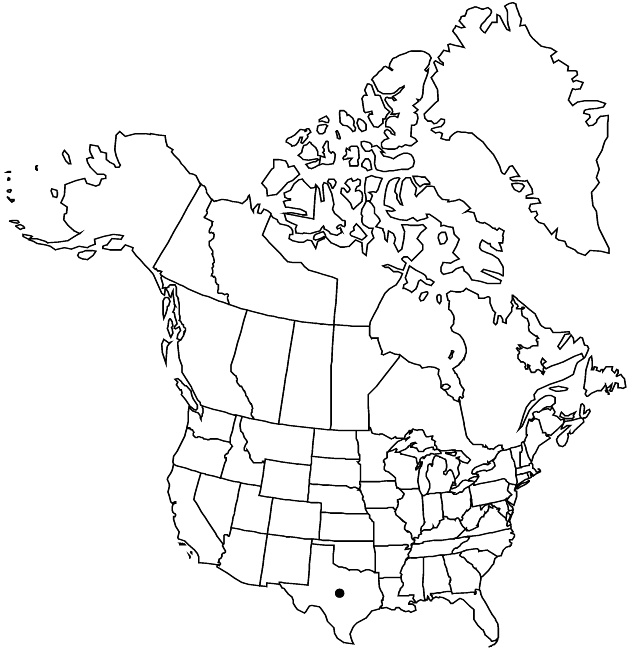Difference between revisions of "Hymenopappus carrizoanus"
Phytologia 67: 294, fig. 1. 1989.
FNA>Volume Importer |
FNA>Volume Importer |
||
| Line 47: | Line 47: | ||
|publication year=1989 | |publication year=1989 | ||
|special status= | |special status= | ||
| − | |source xml=https://jpend@bitbucket.org/aafc-mbb/fna-data-curation.git/src/ | + | |source xml=https://jpend@bitbucket.org/aafc-mbb/fna-data-curation.git/src/8f726806613d60c220dc4493de13607dd3150896/coarse_grained_fna_xml/V19-20-21/V21_781.xml |
|tribe=Asteraceae tribe Heliantheae | |tribe=Asteraceae tribe Heliantheae | ||
|subtribe=Asteraceae (tribe Heliantheae) subtribe Hymenopappinae | |subtribe=Asteraceae (tribe Heliantheae) subtribe Hymenopappinae | ||
Revision as of 16:37, 18 September 2019
Biennials (perhaps flowering first year), 45–150 cm. Leaves: basal 2-pinnate, (3–)8–12 cm, 2-pinnate, lobes 4–10 × 0.5–1 mm; cauline 12–25+. Heads 45–60 per stem. Peduncles (1–)2–5 cm. Phyllaries gray-green, (3.5–)5–6 × (1.5–)2.5–3.5 mm. Ray florets 0. Disc florets 20–40; corollas whitish (drying pinkish), 3–4 mm, tubes 1.5–2 mm, throats funnelform, 1–1.5 mm, lengths 1–2 times lobes. Cypselae 4 mm, ± hirtellous to villous; pappi of 16–20 scales 1–1.5 mm.
Phenology: Flowering Apr–Jun.
Habitat: Sandy soils, oak woodlands
Elevation: 50–100+ m
Discussion
Of conservation concern.
Selected References
None.
Lower Taxa
None.
